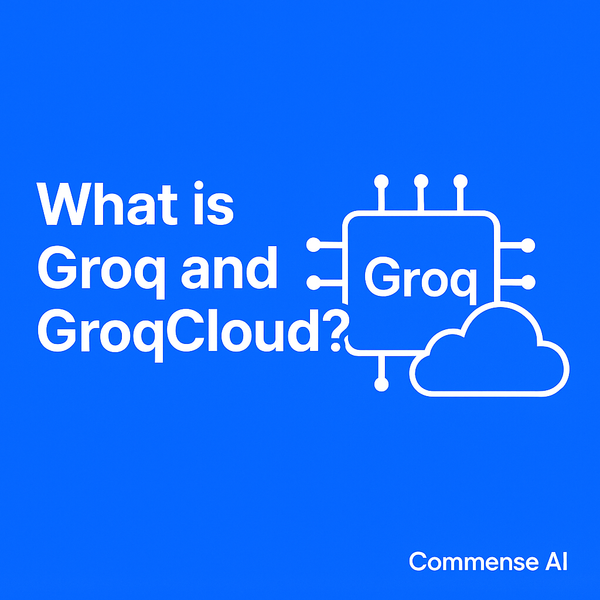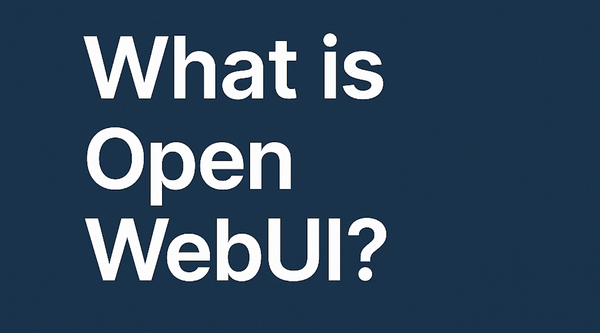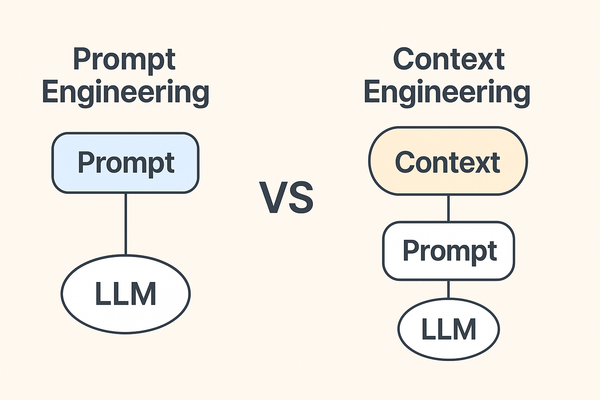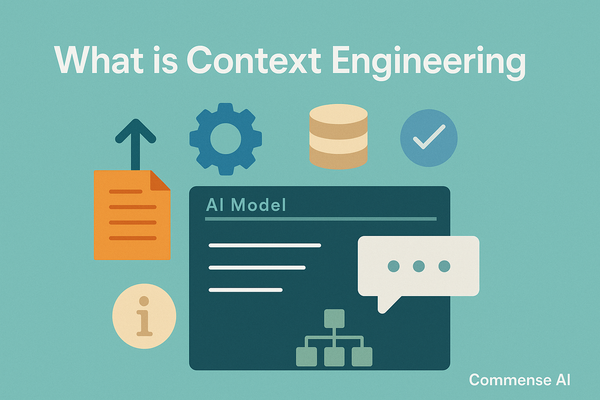Agno vs LangChain
Agno vs LangChain: A deep dive into speed, features & use cases to help you choose the right AI framework for your next project.
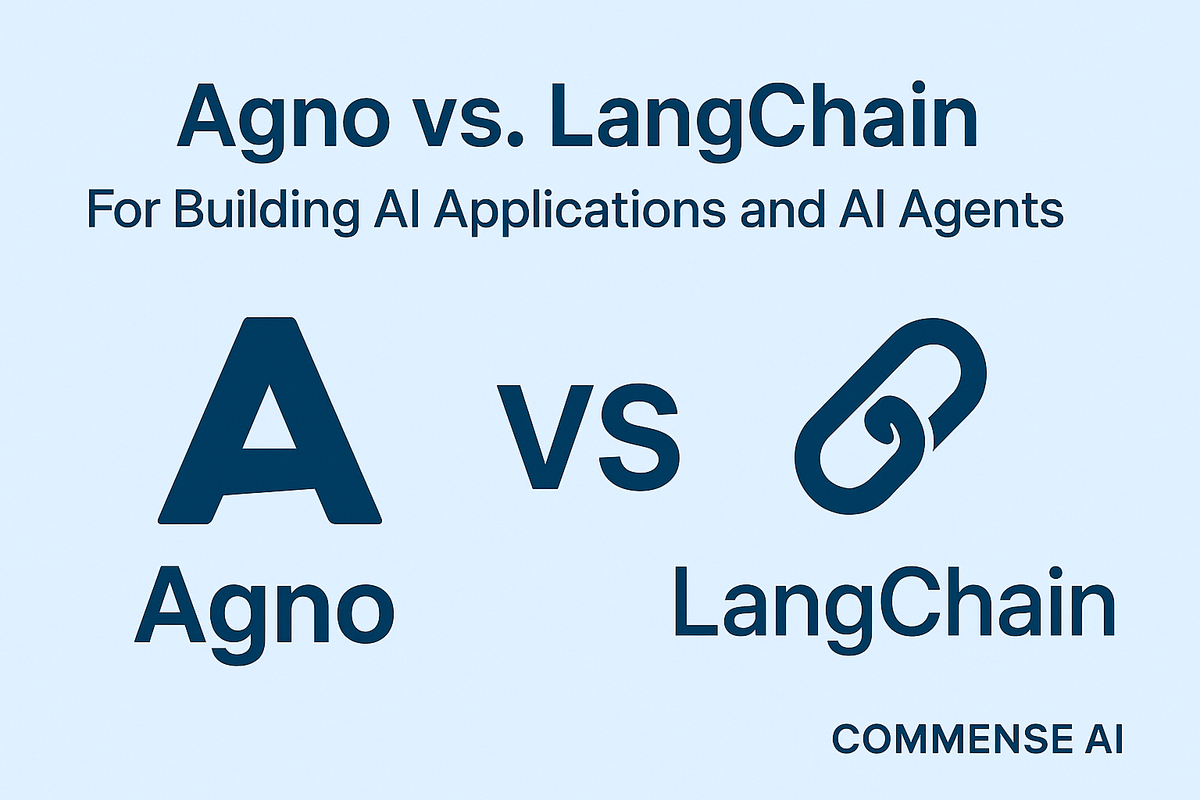
Artificial Intelligence (AI) development has evolved rapidly over the last few years. The arrival of Large Language Models (LLMs) like GPT-4, Claude, Gemini, and Mistral has made it possible to build sophisticated AI applications and AI agents faster than ever before. However, selecting the right development framework is crucial to ensure speed, scalability, flexibility, and ease of integration.
Two of the most discussed AI frameworks in 2025 are Agno and LangChain. Both offer powerful capabilities for building AI-powered applications and agents, but they differ significantly in design philosophy, performance, and target use cases.
In this detailed guide, we’ll explore Agno vs LangChain across multiple dimensions, compare their strengths and weaknesses, and help you decide which framework best fits your AI project.
Overview of Agno and LangChain
What is Agno?
Agno is a lightweight, high-performance AI agent framework designed for developers who want simplicity, speed, and modern features out of the box. It is model-agnostic, meaning it works with multiple LLMs including OpenAI, Anthropic, Mistral, and Google Gemini.
Key highlights of Agno include:
- Extremely fast instantiation (claimed to be up to 10,000x faster than LangGraph in some benchmarks).
- Low memory footprint (up to 50x less memory usage than LangGraph in certain cases).
- Built-in multimodal support (text, images, audio, video).
- Native observability tools for monitoring and debugging.
- Clean, minimalistic API for rapid prototyping.
Agno is increasingly popular among developers looking to build AI assistants, multimodal agents, and retrieval-augmented generation (RAG) systems without the steep learning curve of larger frameworks.
What is LangChain?
LangChain is one of the most established LLM frameworks in the AI ecosystem. It provides a comprehensive set of tools and integrations for building chatbots, knowledge assistants, document processing tools, and AI agents. LangChain introduced LangGraph, a directed acyclic graph (DAG)-based orchestration layer that allows for stateful agent workflows.
Key highlights of LangChain include:
- Mature ecosystem with hundreds of integrations (databases, APIs, tools).
- LangGraph orchestration for structured workflows.
- LangServe and LangSmith for deployment and monitoring.
- Extensive documentation and community support.
- Suitable for both research prototypes and production deployments.
LangChain is the go-to choice for teams that need deep workflow orchestration, access to a large integration ecosystem, and enterprise-grade deployment tooling.
Core Philosophy and Approach
| Aspect | Agno | LangChain / LangGraph |
|---|---|---|
| Design Philosophy | Lightweight, fast, and minimalistic | Comprehensive, extensible, and enterprise-ready |
| Target Users | Solo devs, startups, fast-moving teams | Enterprises, research teams, complex project setups |
| Learning Curve | Low | Moderate to high |
| Performance Focus | Speed & low resource usage | Flexibility & integration richness |
Agno focuses on developer happiness with less boilerplate, while LangChain focuses on extensibility and control at the cost of complexity.
Performance Comparison
Performance is often a deciding factor when choosing an AI framework, especially for applications that need fast startup times and efficient memory usage.
Agno Performance Highlights
- Claimed to be up to 10,000x faster in agent instantiation compared to LangGraph.
- Uses significantly less memory, making it ideal for serverless or resource-constrained environments.
- Optimized for real-time and streaming applications.
LangChain Performance Highlights
- Slightly slower instantiation due to larger dependency footprint.
- Higher memory consumption due to rich integration layers.
- Well-optimized for complex workflows, but may feel heavy for simple use cases.
If you’re building multimodal assistants, lightweight tools, or quick prototypes, Agno will likely feel much faster and more responsive.
For enterprise-grade, multi-step, integrated AI workflows, LangChain’s slight performance trade-off is often worth it.
Multimodal Capabilities
Agno
Agno has native multimodal support built into the core framework, making it easy to:
- Process and generate text, images, audio, and video.
- Integrate multimodal reasoning without extra plugins.
This is especially useful for creative AI applications such as:
- AI content creators.
- Virtual teaching assistants.
- Multimodal data analysis agents.
LangChain
LangChain primarily focuses on text-based processing. While multimodal features are possible, they require:
- Additional plugins.
- External integrations.
- More manual setup.
If multimodal is a must-have, Agno offers a more straightforward path.
Ecosystem and Integrations
LangChain Strengths
- Hundreds of connectors for vector databases, APIs, and third-party tools.
- LangGraph for DAG-style orchestration.
- LangServe for deployment and API hosting.
- LangSmith for monitoring, testing, and evaluation.
Agno Strengths
- Works with any LLM out of the box.
- Built-in tools for RAG, search, and finance APIs.
- Fewer integrations than LangChain, but easier to customize.
If you need a ready-made plugin for almost anything, LangChain wins. If you prefer minimal dependencies and manual control, Agno is the better fit.
Developer Experience
| Factor | Agno | LangChain |
| API Design | Minimal, clean, Pythonic | Rich but verbose |
| Boilerplate | Low | Medium to high |
| Documentation | Growing, still smaller community | Extensive docs, huge community |
| Setup Speed | Very fast | Moderate |
Agno appeals to developers who want readable code and quick results, while LangChain attracts those who value a structured, feature-rich toolkit.
Production Readiness
Agno
- Includes observability and logging tools.
- Easy to deploy in serverless and containerized environments.
- Ideal for startups and small teams shipping quickly.
LangChain
- Offers enterprise-grade deployment with LangServe.
- Deep monitoring and evaluation with LangSmith.
- Preferred for large-scale, multi-team AI operations.
Example Use Cases
When to Choose Agno:
- Fast prototyping of AI chatbots.
- Building multimodal assistants.
- Running on low-cost, resource-limited infrastructure.
- Personal productivity tools.
When to Choose LangChain:
- Complex agent workflows with multiple steps.
- Enterprise integrations with existing APIs and systems.
- Applications that need workflow orchestration.
- Research and development environments with heavy tooling.
Future Outlook
As of 2025:
- Agno is growing rapidly in the developer community, especially among indie devs and startups.
- LangChain remains the industry standard for complex, integrated AI applications.
It’s possible that in the coming years, we’ll see more hybrid approaches—where Agno handles the lightweight, fast, multimodal side and LangChain manages complex orchestration.
Final Verdict
If you need speed, simplicity, and multimodal support — Agno is your best bet.
If you need complex workflows, enterprise readiness, and deep integrations — LangChain is the way to go.

